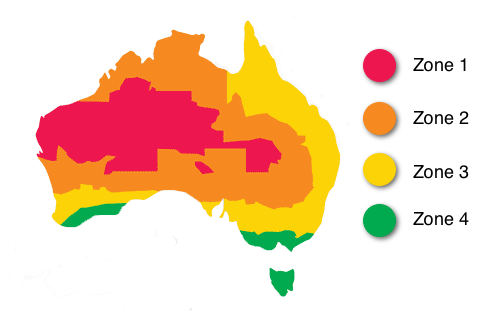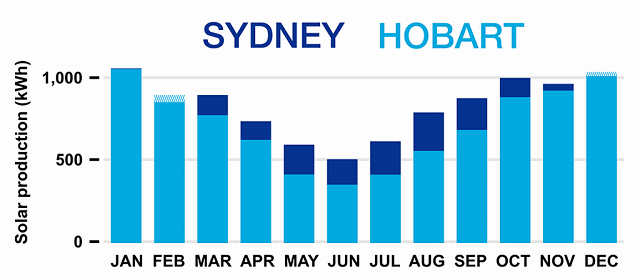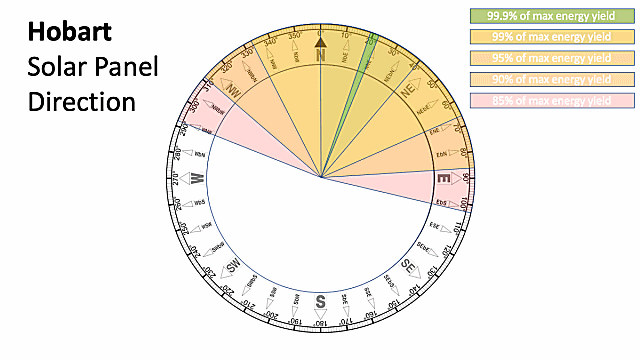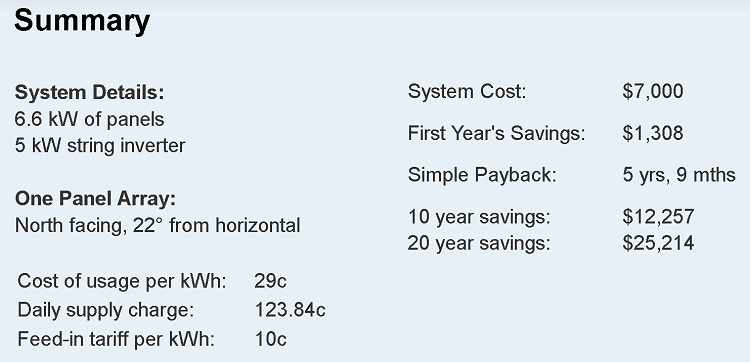Solar ‘101’ – Tasmanian Edition
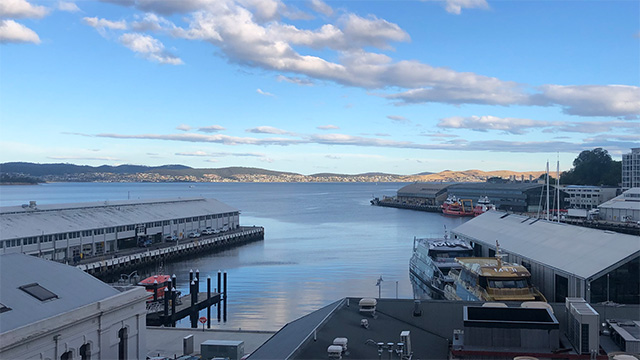
Everything you need to know about going solar in Tasmania
By Finn Peacock – Chartered Electrical Engineer, Ex-CSIRO, Founder of SolarQuotes.com.au
Last Updated: 8th Oct 2024
My “Solar 101” beginners guide has helped well over 100,000 Aussies go solar with confidence. They’ll enjoy the security of tiny bills for the foreseeable future.
And now, after a recent Tasmanian trip, it’s clear to me that Tasmania needs its own guide. There are a lot of things that make you unique, and the situation with installing solar power is no exception.
Think of this as an appendix to my main Solar 101 article. Let’s get to it!
- An overview of the pros and cons of solar in Tasmania
- Solar rebates in Tasmania
- Winter generation and energy use habits
- How panel direction affects Tasmanian solar energy production
- Costs for solar power in Tasmania
- Solar systems (and exports) can be large
- Who’s the best electricity retailer?
- Electricity tariffs and shifting loads
- Batteries unlikely to pay – unless you’re going off-grid
- How long will solar power take to pay for itself in Tassie?
An overview of the pros and cons of solar in Tasmania
I’ll start with the bad news – if you’re thinking of getting a solar power system in Tasmania, you’ve got a few things stacked against you:
- The Tasmanian solar rebate is lower than in most of the mainland.
- Solar electricity generation is the lowest of any state, especially in winter
- As a double whammy, winter energy usage is higher than in other states (meaning solar’s impact on electricity bills is lower)
- Freight costs and regulations for Tasmania make the typical system more expensive.
That’s a gloomy picture I’ve painted.
Despite this, a 6.6 kW solar system installation – which is around 16 panels – will pay for itself in under 6 years in Tasmania.
Try getting that kind of return from the bank!
To make things more positive – there are a few things you’ve got going for you:
- The average quality of a solar installation is the highest in the country. This is due to an excellent 100% inspection regime run by the Department of Justice.
- The amount of solar power you can export per phase is higher than in most of the country.
- Compared to west-facing panels, east-facing ones produce more energy than on the mainland. This combos well with morning home heating needs.
Let’s go into more detail on these points.
Solar rebates in Tasmania
As I explained in my main solar 101 article, the solar rebate is technically known as the Small-scale Renewable Energy Scheme (SRES) or ‘STC scheme’. The larger your system (in kW), the more rebate you get.
The rebate is also calculated based on what ‘zone’ you are in, where zone 1 has the highest rebate, and zone 4 has the lowest.
Pro-tip: Most Aussies live in zone 3
As you can see from this map, being in Tasmania puts you in zone 4:
In zone 3 a typical 6.6kW solar system installation attracts around $2,300 in rebates.
In zone 4 this same 6.6kW system only attracts $2,000 in rebates.
So, all else equal, the typical 6.6kW solar system is $300 more expensive in Tasmania.
Winter generation and energy use habits
Spoiler alert: Solar systems produce more energy in the summer, and less in winter.
This chart compares the typical monthly energy generation of a north-facing 6.6kW system installation in Hobart to one in Sydney:
You can see the drop in energy generation during the winter months is much more dramatic in Hobart!
This takes us to:
How panel direction affects Tasmanian solar production
Like the rest of the country, to maximise your annual generation north-facing panels are the way to go.
West or east-facing solar panels in much of Australia will generate about 15% less compared to north-facing panels. But Tasmania is an exception to this. Here, east-facing panels generate a little more than west-facing ones.
In Hobart, east-facing panels will generate 90% of what north-facing solar panels would. West-facing panels will only generate 80%:
Pro-tip: If you want to squeeze every last drop of energy out of your panels, face them slightly north-east.
I won’t be surprising anyone when I say Tasmania has some bloody cold mornings. This means it can be better to put panels on an east-facing roof, if you have one, to offset your morning heating needs. Unless, of course, your energy usage habits skew harder towards the afternoon.
Costs for solar power in Tasmania – and brands to trust
Approximate price ranges for a good quality 6.6 kW installation performed by a reputable local installer are:
- Ultra-premium panels with premium inverter: $9,000-$13,000
- Premium panels with premium inverter: $8,000-$11,000
- Good budget panels with premium inverter: $7,000-10,000
- Good budget panels with a good budget inverter: $6,000-$9,000
Note that these prices do not include site-specific costs. Scissors lifts, engineering costs, optimisers, etc, can add more to these price ranges.
I’ll also note that these prices are higher than the rest of Australia for four reasons:
- Less solar rebate
- Tasmania is a small market
- A small market plus the water gap means freight costs are higher,
- Mandatory inspections add to costs.
Pro-tip: There are cheaper mobs who advertise hard on TV and in the paper. My advice is to avoid such operators.
Mandatory inspections keep a lot of the shonks out. There are many less-than-reputable companies operating on the mainland that avoid Tasmania altogether.
But some actually pull their socks up and install systems to a good standard when they cross Bass Strait!
As a word of warning – a classic tactic of the cheaper operators is to quote you a great price on a system. When they rock up to install, they “realise” they’ll need to spend more time on the system to be able to pass inspection. This eats into their margins, so they bump the price up by a couple grand on the spot.
They’re hoping the sunk cost of paying the deposit and having them there will make you likely to cough up. Mentally, it’s a big deal to have to give up and start from scratch, and they know this.
Brands to trust
I’ve made the following charts to show brands of panels and inverters I’d be happy to install on my own home, as well as where they sit on price:
Solar Panels
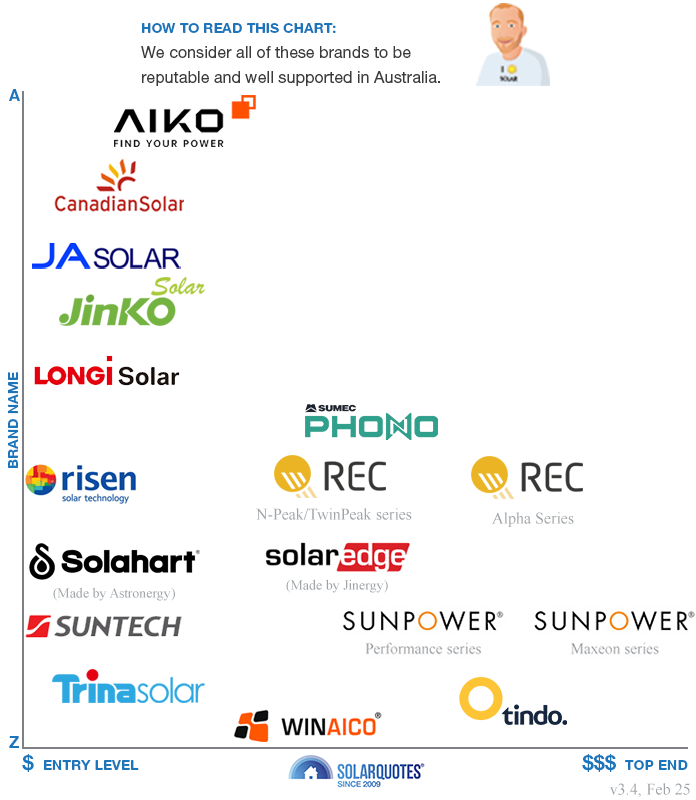
Solar Inverters
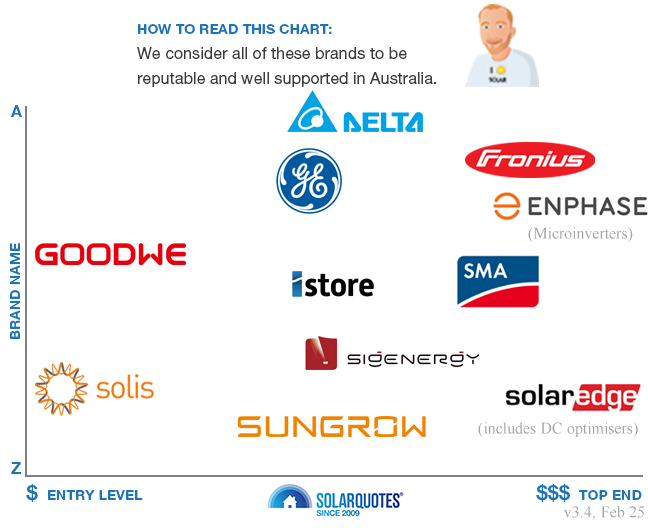
Solar systems (and exports) can be large
Most Australians with single-phase power can install a solar inverter of up to 10 kW but can only export 5 kW of solar power.
But in Tasmania, you’re allowed to install a 10 kW inverter with up to 13.3kW of solar panels on a single phase without any export limits at all.
So if you have the roof space and the budget – my advice is to put on as much solar power as you can fit and afford.
The one caveat is if your installation is unusual it may be a “notifiable work” and require additional approvals. Getting them can add around $1,000-$1,200 in processing and council fees. But this often isn’t required and a good installer will let you know if this extra expense is necessary, as well as how to design a system so it can be avoided.
Pro-tip: Tilt frames, if you need them, will make your system a “notifiable work” and require council/engineering approval.
Tilt Frames In Tasmania
Tasmania has more solar panels mounted on tilt frames than anywhere else in the country. These allow panels to be mounted at an angle that increases output compared to being installed flush with the roof. Their drawback is they add to the complexity of an installation and can greatly increase costs. They can also reduce the number of panels that can fit on a roof.
Because solar panels are a lot cheaper than they used to be, these days you’re normally much better off installing more panels rather than using tilt frames. A good installer will be able to explain their pros and cons and help you decide if the extra expense is worthwhile.
Who’s the best electricity retailer?
Up until February 2019, you only had one energy retailer in Tasmania – Aurora Energy.
Since then, new electricity retailers have entered the picture and once currently operating in Tasmania include:
- 1st energy
- CovaU
- Energy Locals
- Solstice
At the time of writing in October 2024, the minimum feed-in tariff is 8.9 cents, but if you go with 1st Energy or Solstice as your electricity retailer, you can get a 10 cent feed-in tariff. You can use our nifty energy retailer comparison tool to see who has the best overall plan.
Electricity tariffs and shifting loads
When you install a solar system in Tasmania, you’re put onto “Tariff 93”, which is a “time of use” tariff. This tariff charges a ‘peak’ rate in the morning and evening on weekdays, and an ‘off peak’ rate at all other times including all weekend.
You can switch from tariff 93 back to other standard tariffs if you want. But I’ve run the numbers and tariff 93 is the best bet for the typical Tasmanian solar owner to save the most money.
Pro-tip: The one thing to look out for with tariff 93 is making sure your electric hot water system doesn’t switch on during peak periods. A simple timer, or more expensive (but more intelligent) relay or diverter will help with this.
Don’t wait for batteries to drop in price before going solar – unless you’re going off-grid
Home batteries are becoming more affordable, but it’s still difficult to make them pay on the Apple Isle. This is because electricity prices generally aren’t as high as on the mainland and – unless you have a large solar system – it’s hard to keep batteries charged through winter.
But batteries have other benefits including backup power and reducing fossil fuel use — although this will mainly occur through Tasmania exporting electricity to the mainland when it’s needed, as the state’s grid is already extremely clean. This means many will still want a battery even if it’s unlikely to pay for itself through electricity bill savings.
But if a battery isn’t worthwhile for you now, this doesn’t mean you should wait to get solar. All the hype in the mainstream media about batteries has made some question the viability of solar without batteries – to the extent that people are waiting for ‘affordable batteries’ before they invest in solar.
Don’t get me wrong – with the right installer, using certain brands, it is possible to get a great deal on a solar and battery system when you buy them in one hit.
If you can get such a deal – go for it. But if you can’t – or if they’re still outside your budget – my advice remains ‘don’t wait to put on solar’.
But – it’s becoming more common for Tasmanians to buy their dream block ready to build that dream home. The cost to bring grid power to that remote, dream block with stunning views can be $100,000 – or more.
How does that compare with the cost of an off-grid solar system? Well, it depends on what kind of lifestyle you want to live.
The kind of system needed to run an energy-efficient, moderate-sized home will cost at least $30,000 – $40,000
A larger system installation that can run more creature comforts will cost closer to $70,000+
So this means that even large off-grid systems in Tasmania can be cheaper than connecting to the grid.
How long will solar take to pay for itself in Tassie?
I’ll use my nifty solar calculator to answer this question.
Assuming:
- A 6.6kW solar system installation facing north-east, costing $7,000
- An unshaded roof
- A house on tariff 93 with the averaged cost of grid electricity consumed being 29 cents per kWh
- A feed-in tariff of 10c per kWh
- Solar energy self-consumption is 30%
My calculator shows that you’ll save a hair over $1,300 per year – so a simple payback period of under 6 years:
If you can think of a better investment, I’d love to hear about it!
The next step
Tasmania is the hardest place in Australia for solar power to pay for itself. But despite this, you can still see a very respectable payback time if you own an unshaded roof.
If you have any burning questions about the information in this guide, my contact details are:
Email: [email protected]
Tel: 08 7200 0177
Snail mail: 3/39 Grenfell St, Adelaide, SA 5000 Australia
If you’re in Tasmania and looking for quotes, SolarQuotes can help you get quotes from high quality, heavily vetted installers quickly and easily:
Happy Solar Power Hunting!
Finn Peacock, founder of SolarQuotes.com.au
